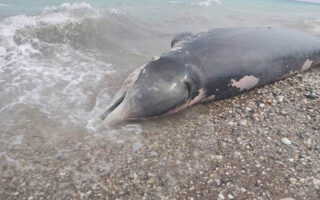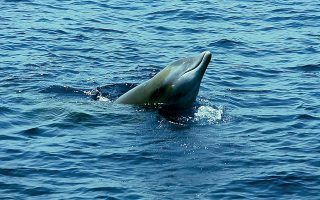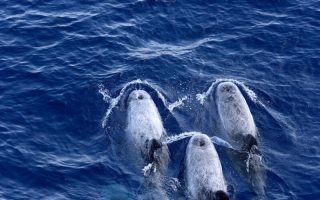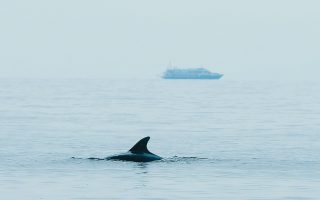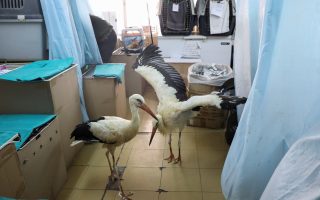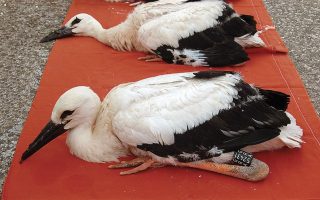Greece’s ‘European Stork Village’ celebrates return of migratory birds
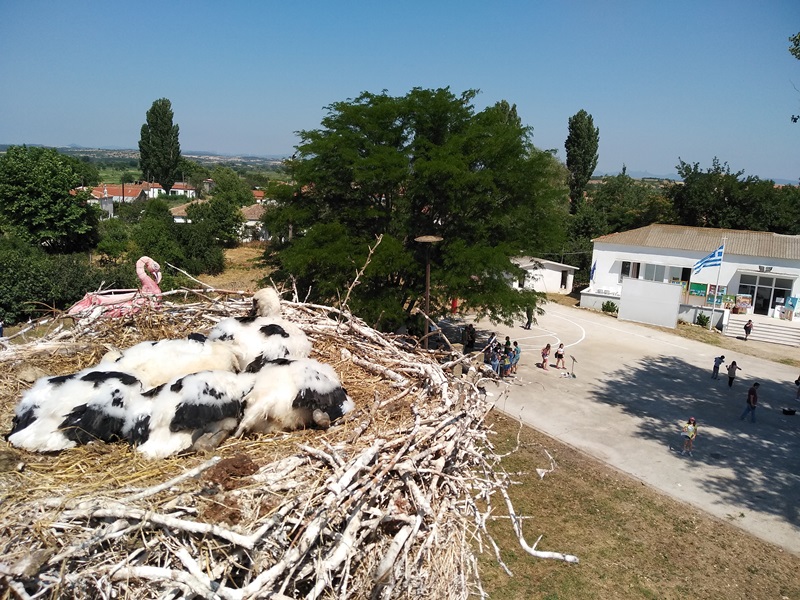
Storks, which symbolize the arrival of new life for many cultures, have returned from Africa to their old nests in one of the recognized European Stork Villages, of Poros in the Evros River Delta, in northeastern Greece.
Europe contains 15 such villages whose residents and agencies have committed to protecting the migratory birds. To celebrate the storks’ annual arrival, the village of Poros (also known as Poros Feron from the nearby village) is holding its 5th Stork Festival on Friday and Saturday.
Speaking to the state-run news agency AMNA the head of the Management Unit of the National Park of the Evros Delta and Dadia, Eleni Makrygianni, said that the village was included in the European designation as of 2016.
“For the European organization EuroNatur to award the distinction ‘European Stork Village’, besides having storks the village must be close to a protected area as well, such as the Evros River Delta, and some actions must have taken place.” They included awareness campaigns for local residents on how to protect storks, and the process of fitting rings or transmitters on the birds and tracking them.
Residents of Poros and Feres have embraced the effort, Makrygianni noted, as they see 10-12 active nests in Poros every year and 25-30 in Feres. “You can see that having 12 nests in a village of 200 residents is a great number, while Feres has the largest number of nests in the Evros area,” Makrygianni told AMNA.
Bird tracking
Storks face threats from plastic bags and ropes, which may trap them, and from the decrease in natural wet habitats. Following a downward trend in populations in Greece and Europe, the species has returned to robustness in the last 10-15 years, she said, thanks to the awareness of residents.
The difference was made by residents adding baskets to power pylons for nests, and to the help by the Hellenic Electricity Distribution Network Operator, which cleans them up annually and stabilizes them. “In several areas,” Makrygianni noted, “power lines have been insulated to prevent electrocution if birds fall on them, while preserving meadows to let them feed and using fewer pesticides can help tremendoulsy.”
The Management Unit of the National Parks at the Evros Delta and Dadia was the first to start fitting storks with rings nearly a decade ago. It has done this for 300 storks, she noted, while the unit was the first to fit them with transmitters in Greece, in 2013.
From Africa to Evros
The first ten transmitters were fitted to storks in the nearby village of Feres; those birds travelled to Yemen and Africa (Chad, Ethiopia, to South Africa). The unit has identified another 20 birds that have returned to the area – birds fitted with rings in Poros and returning to raise families in Soufli, Tichero, and Feres. “We have seen birds from Hungary and Poland, and birds fitted with rings in the Xanthi and Kavala prefectures,” Makrygianni said. “Following a decade of ring-fitting, we have seen that our storks return near the area they were born in.”
The festival is dedicated to the storks’ return this year, and is addressed to students and citizens, helping them understand storks, their role in nature’s cycle and the threats they face. It is housed at the Poros grade school and includes storytelling, educational games and crafts, ring-fitting of young birds, a chess tournament and a bicycle race.
[AMNA]
